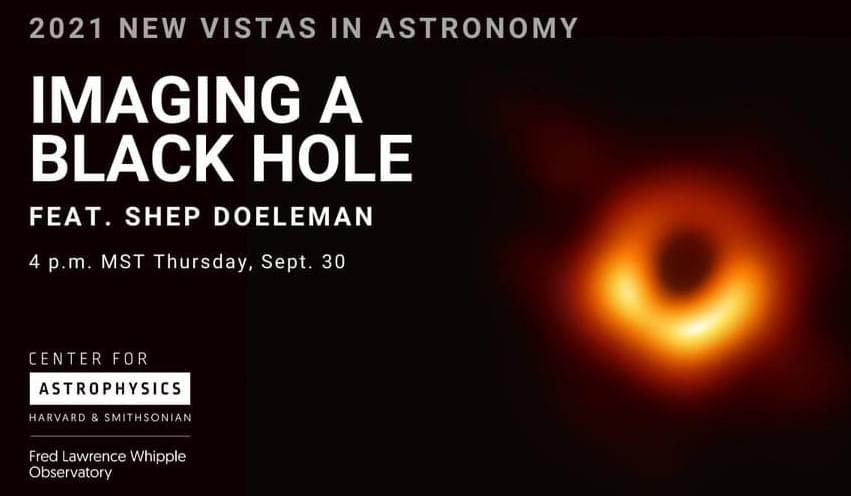Thu, Sep 30 at 4 PM PDT.
Black holes are cosmic objects so small and dense that nothing, not even light, can escape their gravitational pull. Until recently, no one had ever seen what a black hole actually looked like. Einstein’s theories predict that a distant observer should see a ring of light encircling the black hole, which forms when radiation emitted by infalling hot gas is lensed by the extreme gravity near the event horizon. The Event Horizon Telescope (EHT) is a global array of radio dishes, linked together by a network of atomic clocks to form an Earth-sized virtual telescope that can resolve the nearest supermassive black holes where this ring feature may be measured. On April 10th, 2,019 the EHT project reported success: we imaged a black hole, and saw the predicted strong gravitational lensing that confirms the theory of General Relativity at the boundary of a black hole. This talk will cover how this was accomplished, details of the first results, as well as future directions that will enable real-time black hole movies.
About Dr. Shep Doeleman:
